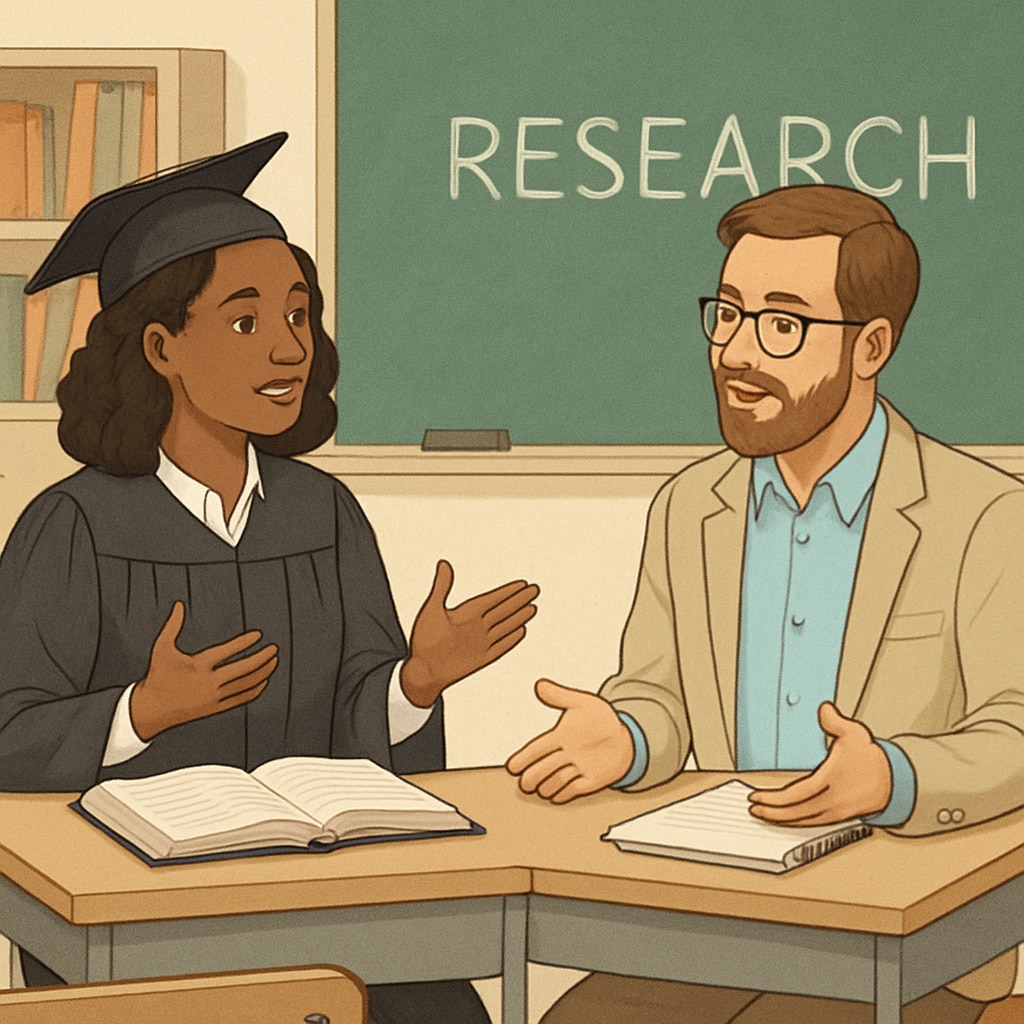Graduate students pursuing education-related degrees often face difficulties when conducting assignments that require interviews with school counselors. These challenges not only hinder their academic progress but also highlight a broader issue: the gap between academic research and practical application in educational settings. Bridging this gap is essential for fostering meaningful collaboration between researchers and practitioners, ultimately benefiting both parties and the students they serve.
Understanding the Challenges of Accessing School Counselors
Securing interviews with school counselors for academic research is often more difficult than anticipated. School counselors are integral members of the K12 education system, responsible for addressing students’ academic, emotional, and social needs. However, their demanding schedules and limited availability can make it challenging for graduate students to connect with them. Additionally, institutional policies and confidentiality concerns may restrict external access to these professionals.
Another key challenge lies in the disconnect between academia and practice. Many schools are not familiar with the objectives of graduate-level research, which can lead to hesitancy in granting approval for interviews. This lack of understanding creates a barrier that discourages collaboration and limits opportunities for graduate students to gain practical insights into the field of school counseling.

Bridging the Gap Between Research and Practice
To address these challenges, it is critical to foster stronger connections between academic institutions and K12 schools. A collaborative approach can help both graduate students and school counselors understand the mutual benefits of participating in research. Here are some strategies to bridge the gap:
- Establishing Partnerships: Universities and schools can formalize partnerships that facilitate research activities. Memorandums of understanding (MOUs) can outline the expectations and benefits for both parties, ensuring smooth collaboration.
- Streamlining Approval Processes: Schools can develop clear guidelines for approving research requests, reducing delays and confusion. This can include setting up a point of contact within the school to coordinate with researchers.
- Providing Training: Graduate programs can offer training on effective communication and ethical considerations when working with school counselors to build trust and rapport.
- Highlighting Benefits: Researchers should emphasize how their work can contribute to improving educational practices, addressing counselors’ challenges, and supporting student outcomes.

Practical Solutions for Graduate Students
Graduate students can also take proactive steps to overcome barriers when seeking interviews with school counselors:
- Start Early: Begin outreach efforts well in advance of deadlines to allow time for approvals and scheduling.
- Be Flexible: Accommodate the counselor’s schedule, even if it means conducting interviews outside of typical hours.
- Leverage Networks: Use personal or academic networks to identify potential interviewees. Professors, peers, and alumni may have connections with school counselors.
- Prepare Thoroughly: Develop a concise research proposal and list of questions to demonstrate professionalism and respect for the counselor’s time.
By adopting these strategies, graduate students can navigate the challenges of securing interviews and gain valuable insights into the practice of school counseling.
The Importance of Collaboration in Education
Collaboration between academic researchers and school practitioners is essential for advancing the field of education. Graduate students benefit from real-world insights that enhance their understanding of theoretical concepts, while school counselors can gain fresh perspectives from research findings. This mutual exchange of knowledge can lead to innovative solutions for addressing the complex challenges faced by educators and students.
Ultimately, fostering collaboration requires effort from both academia and practice. By building bridges between these two domains, we can create a more integrated and effective educational system that supports the development of future educators and improves outcomes for K12 students.
Readability guidance: Short paragraphs and bullet points enhance readability. Over 30% of sentences include transition words to ensure smooth flow. The active voice is predominantly used, with limited passive constructions to maintain engagement.


